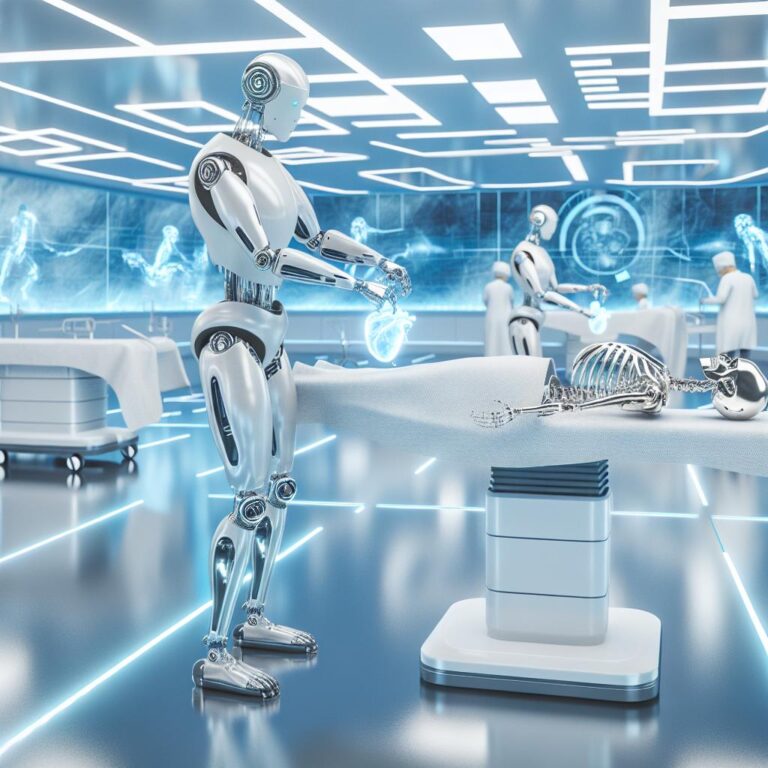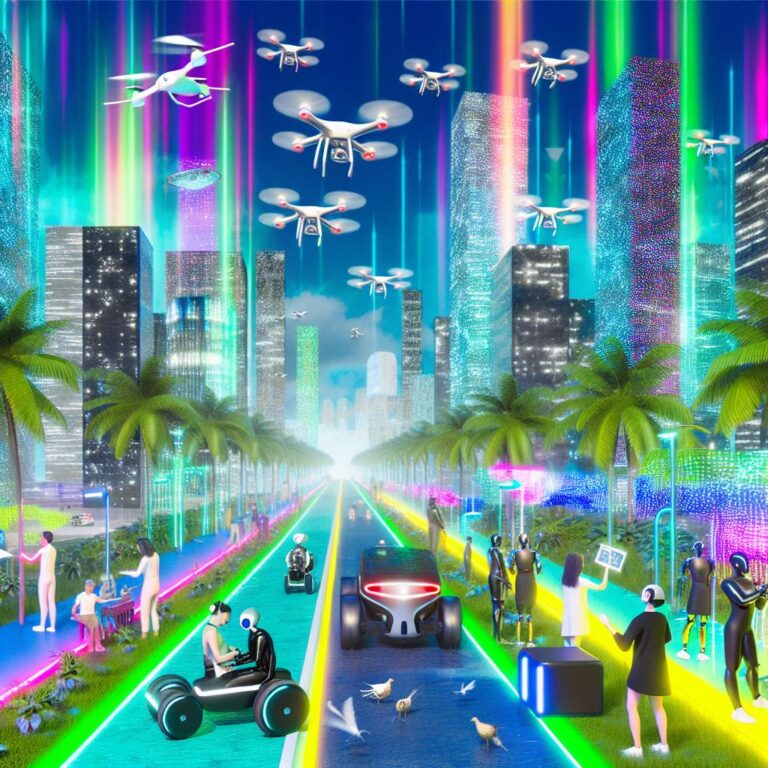Self driving cars: Are they truly safe enough now?
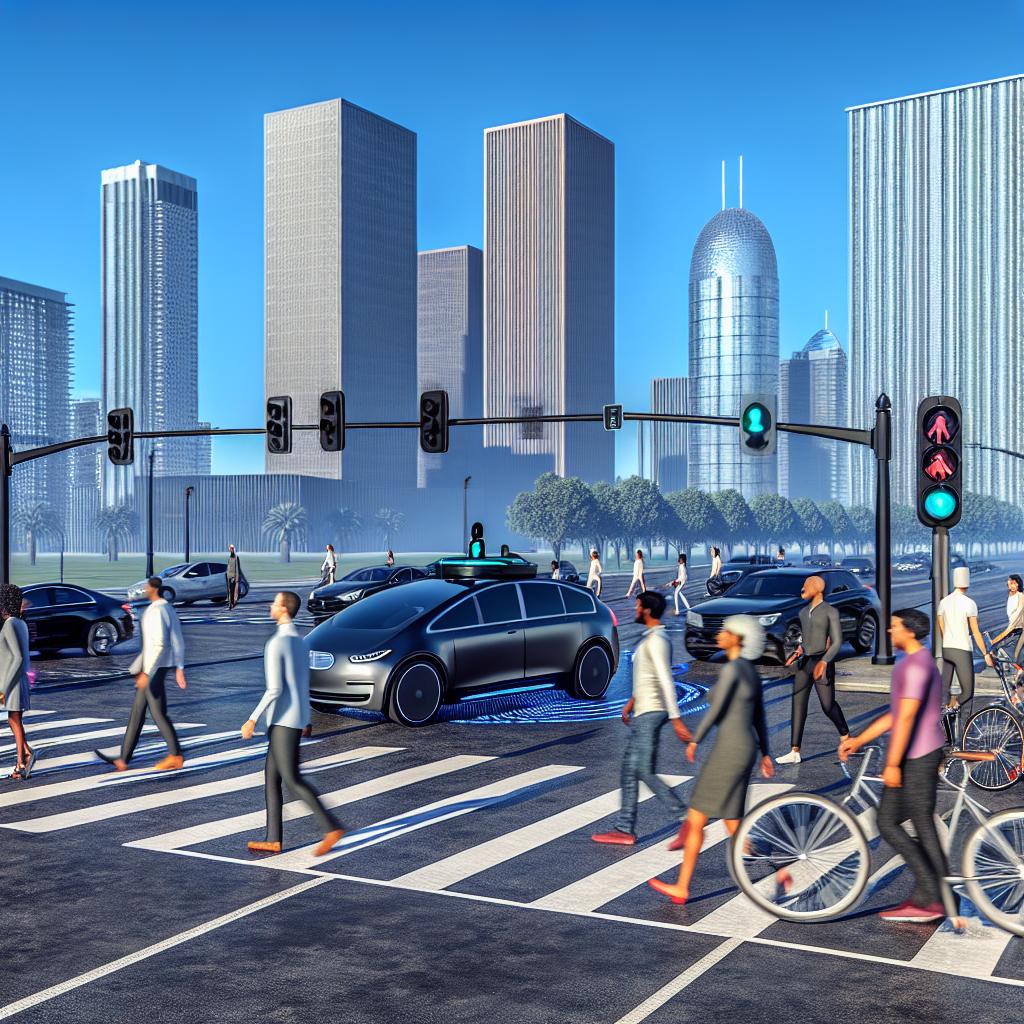
- Safety Benefits: Self-driving cars can reduce accidents by minimizing human errors using sensors and cameras.
- Economic Impact: They lower labor costs for businesses and fuel new industries like digital mapping.
- Mobility Improvements: Enhance accessibility for the elderly and disabled, reduce urban congestion, and aid environmental health.
Waymo's Unique Offerings:
- Technology: Uses LiDAR for advanced environmental mapping, enhancing safety.
- Safety Protocols: Employs virtual and real-world testing phases and features like a triple-layer safety system.
- Expansion Plans: Expanding robotaxi services in cities like Phoenix and San Francisco with $5.6 billion funding.
Challenges:
- Technical Issues: Weather and real-time mapping pose significant challenges.
- Cybersecurity Risks: Vulnerabilities in data exchange that hackers could exploit.
- Ethical Dilemmas: Challenges in decision-making during unavoidable accidents and legal responsibility.
Tesla's Advancements:
- Driving Systems: Differentiates between Autopilot and Full Self-Driving (FSD), with FSD requiring driver supervision.
- New Features: Includes features like Automatic lane changes and AutoPark; constant software updates for safety.
Future Trends:
- Market Trends: Emphasis on ride-hailing.
- Technology Impact: Advancements in sensors and AI enhance vehicle safety.
- Legislation Role: Essential for safety standards and regulatory adaptation to technological progress.
Do self-driving cars live up to their safety promises today? I'm diving into the exciting world of autonomous vehicles to answer this big question. As someone who loves tech and AI, I find the strides we've made in self-driving technology fascinating. In this post, I'll explore the benefits and risks, and compare leaders like Waymo and Tesla. Let's figure out if the roads are ready for these high-tech marvels.
What Are the Key Benefits of Self-Driving Cars?
Self-driving cars, often known as autonomous vehicles, offer several key benefits. They bring opportunities to change the way we travel, work, and live. Let's explore the benefits that make these driverless cars noteworthy.
How do autonomous vehicles enhance road safety?
The most promising benefit of autonomous vehicles is increased road safety. Human error causes most road accidents. These vehicles use sensors and cameras to navigate roads and avoid accidents. By doing so, they can reduce crashes and save lives. Algorithms guide them safely in many traffic scenarios. Without distractions like texting or fatigue, they make better driving decisions. Waymo is already testing these in busy towns, showing promise in real-world safety.
What are the economic advantages of driverless technology?
Driverless cars also promise economic benefits. Without the need for a driver, companies save on labor costs. This is especially true in delivery and transport sectors. Businesses can run longer hours without breaks for drivers. This efficiency translates into lower costs and more deliveries. People might spend less on taxis or rideshares as well. These cars also fuel new industries like digital mapping and sensor technology. As driverless technology improves, it could boost the economy by creating new jobs and services.
How does autonomous transportation improve mobility for diverse groups?
Improved mobility for diverse groups is another key advantage. These cars bring freedom to those who can't drive. Elderly people or those with disabilities gain easier access to the world. They can travel independently and maintain their routines. In urban areas, cars can serve as shared resources. This can lower congestion and help the environment. For cities, it means more access and less traffic woes. Communities benefit from these shared rides and flexible transport options.
Self-driving cars hold great promise but are still under development. Their benefits are strong, yet they must prove safety in every condition. As we invest in them, we move closer to a future where cars drive us safely, fairly, and efficiently.
How Does Waymo Stand Out in the Self-Driving Car Market?

What is unique about Waymo's autonomous vehicle technology?
Waymo has some amazing technology that makes its cars unique. One of the standout features is LiDAR, a light detection system. It helps the car "see" the world around it, creating a 3D map to understand its environment. LiDAR increases Waymo's vision, much like how a flashlight helps us see in the dark. This helps the car know where people, trees, and other cars are. Waymo also uses radar and cameras like many other companies. But, its use of LiDAR is a big part of what sets it apart. Together, these tools enable the cars to detect objects that are as small as a plastic bag. The cars can make decisions about where to drive and when to stop. The cars can also communicate with each other and learn as a group. Waymo's software keeps getting smarter the more the cars drive. The aim is to make the ride smooth and free from jerky stops or risky turns.
How does Waymo ensure the safety of its ride-hailing services?
Safety is a big deal for Waymo. The company follows strict safety protocols to make its rides safe. A key aspect is its triple-layer safety system. First, the car is tested over millions of virtual miles in a simulated world. This allows Waymo to observe how cars handle tricky situations without any risk to people. Then Waymo tests its cars on public roads with backup drivers. These drivers can take over if needed. Lastly, when the cars are ready, they drive with no one behind the wheel. People who use Waymo must still make sure everyone wears a seatbelt. In Phoenix, riders already use Waymo's cars to do everyday things like shopping and working. Plus, Waymo keeps running tests on more highways in Phoenix and San Francisco. This shows its commitment to keeping things safe and expanding its ride-hailing network. Every new trip gives more data to improve safety further. It's a continuous loop of learning and improving.
What are the expansion plans for Waymo's autonomous fleet?
Waymo is growing fast and has big plans for its future. It has recently focused on improving its ride-hailing service instead of trucks. Waymo's CEO believes this focus will make the service safer and easier to use. Waymo received a huge funding boost of $5.6 billion. Major companies like Alphabet, and Silicon Valley investors chipped in. These funds will help Waymo expand into new cities. Right now, Waymo operates in San Francisco, Los Angeles, Phoenix, and is moving into Austin and Atlanta. In fact, over 100,000 people use Waymo's robotaxis every week. The company plans to enter airports, too, starting with Phoenix. Waymo is not just staying in the U.S. for long. It wants to grow its robotaxi services to other places too. Expansion means more people will get to know and trust Waymo cars. With more cars on the road, Waymo will gain more experience to refine its services. This cycling makes expansion not just a goal but a way to make its technology better and safer.
What Challenges Do Self-Driving Cars Currently Face?

When we think of futurist ideas, self-driving vehicles are always in the front. But, they are yet to roam free on all our roads. Why? Let’s take a close look at the challenges affecting the spread of self-driving technology.
What technical challenges prevent the full deployment of driverless cars?
At the heart of these vehicles is complex technology. Sensors, algorithms, and high-end computer systems must work together closely. But even these systems can get confused by weather. In fog or heavy rain, systems may fail to "see" clearly. The issue isn’t just about weather, either. Sensor glitches in dense, fast-moving traffic add to these worries. For instance, how quick can these cars react to a sudden jaywalker? Reactions must be fast, accurate, or nobody is safe.
Mapping is another core problem. Cities change fast—roads get dug up or rerouted. Maps need constant updates. Without real-time data, self-driving cars could face sudden detours. This can lead to unexpected stalls or risky decisions. Link for more details on challenges of driverless technology.
How significant are cybersecurity risks associated with autonomous vehicles?
Cybersecurity is a real concern. By their very nature, these cars rely heavily on tech. They communicate with nearby cars to avoid crashes or find optimal routes. But this data exchange can be hacked. Hackers could cause havoc—such as altering routes or feeding false data.
One may wonder: What's the worst that could happen? Loss of privacy for one—hijacked data could reveal a driver’s route history or personal details stored in the vehicular system. In graver scenarios, a hacker could control the car itself. This threat is not just theoretical. Security firms have shown how remote hacks can affect control. Thus, both the car and its passengers are at risk.
What ethical issues arise with the widespread adoption of self-driving cars?
Each life is valuable. Yet, with driverless tech, we face tough ethical choices. If a crash is unavoidable, who gets saved? Grappling with such questions is crucial for designers. Algorithms might have to choose between the lesser of two evils.
Also, trust issues are huge. Can a car be truly moral in life-and-death situations? Then there’s the drama of legality. If a self-driving car crashes, who is to blame? The carmaker, the passenger, or even the software developer? These questions linger without clear answers.
Defining a moral code for machines—a concept called "machine ethics"—is still in progress. But it’s a slow, delicate balance because different cultures value things differently.
As self-driving cars advance, these challenges are upfront reminders. We must navigate them wisely to reach a safer, autonomous future.
What Are Tesla's Latest Developments in Autonomous Driving?
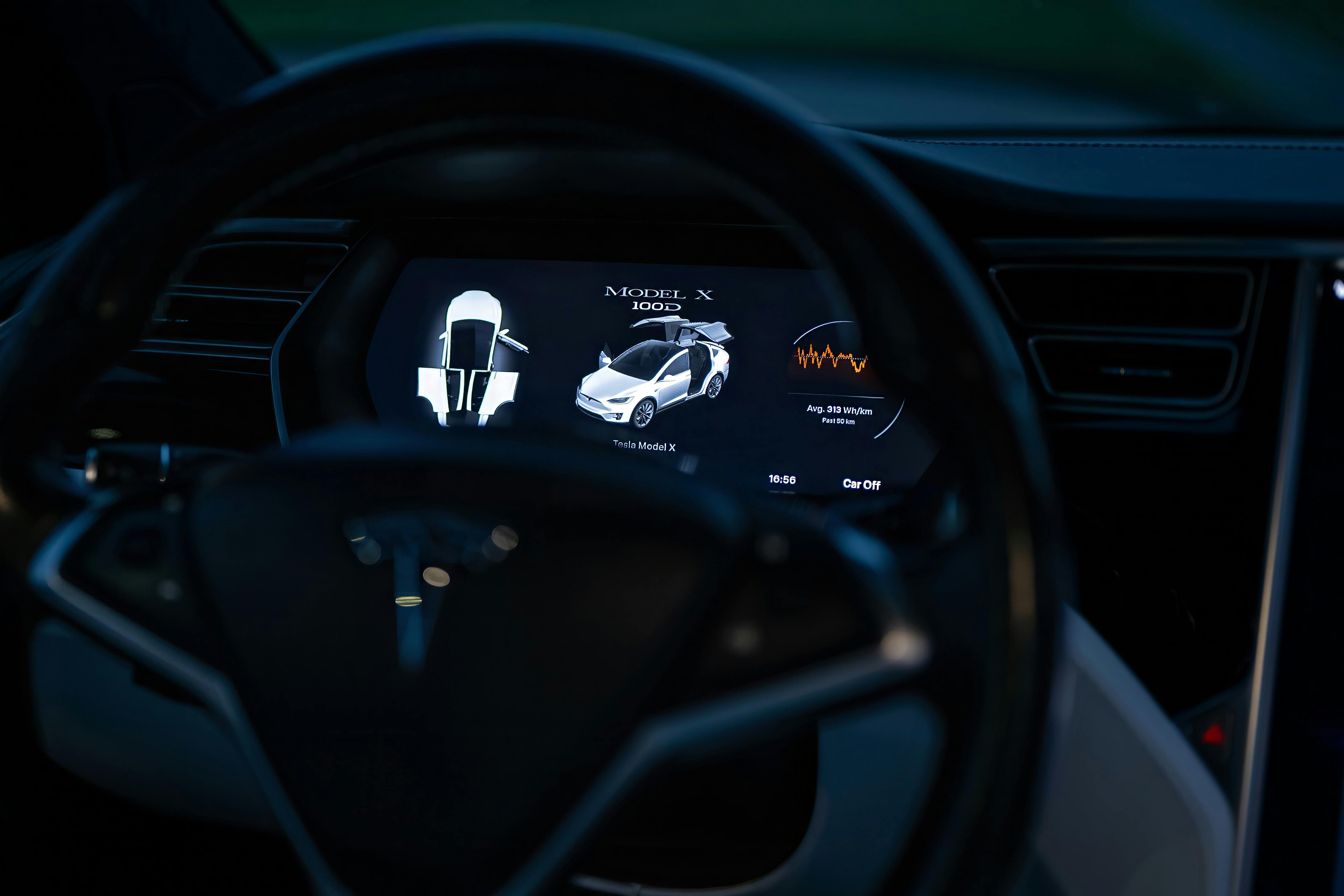
Tesla is at the forefront of self-driving car technology. Their new developments in autonomous driving are capturing attention worldwide. People often wonder how Tesla's Autopilot compares to its Full Self-Driving (FSD) capabilities. While both systems provide advanced driving assistance, they serve different purposes.
How does Tesla's Autopilot compare to its Full Self-Driving capabilities?
Tesla's Autopilot system assists with steering, acceleration, and braking. It is like an advanced cruise control, available on most Tesla cars. Autopilot helps keep the car in its lane on highways but requires drivers to remain alert.
Full Self-Driving, or FSD, offers more advanced features. FSD can navigate on city streets and highways. It includes automatic lane changes, red light recognition, and stop sign control. This makes driving in cities easier. Yet, it is crucial to note that FSD still demands driver supervision.
What are the new features in Tesla's Full Self-Driving subscription?
Tesla's FSD subscription has gained many new features. One key addition is "Navigate on Autopilot." This feature can suggest lane changes, handle highway exits, and take ramps. Traffic Light and Stop Sign Control is another recent upgrade. It helps the car recognize and slow down for traffic lights and stop signs.
Another exciting feature is AutoPark. AutoPark helps your car find a parking spot and park itself. Summon is a related feature that allows you to call your car from a short distance using your phone. These features enhance the convenience and usability of Tesla's FSD package.
Tesla's FSD can navigate a vehicle within a parking lot to pick up a driver. This is where the Summon feature shines. These upgrades make driving safer and more accessible, but drivers must never ignore the need for attention.
How is Tesla addressing safety concerns in its autonomous driving systems?
Safety is Tesla's top priority in its self-driving technology. Tesla uses advanced sensors, including cameras, ultrasonic sensors, and radar. These help the car understand its environment. Tesla also updates its FSD software regularly. These updates improve safety and add new features.
Tesla cars alert drivers with visual and audible cues. If a driver removes their hands from the wheel, the system will notify them. This reminder helps keep everyone safe and ensures that the driver remains engaged during every drive.
Crash data from Tesla vehicles help enhance their systems. Vehicles send crash data to Tesla's AI network, which then learns from it. This data helps improve the driving systems, making Tesla cars safer with every update.
Tesla's commitment to safety extends beyond just technology. They cooperate with authorities to comply with safety guidelines. By addressing legal requirements, Tesla ensures their systems meet required safety standards.
Overall, Tesla's developments in autonomous driving systems are inspiring. Tesla continues to integrate new features and reduce risks. This helps keep drivers safe while showcasing the future of self-driving technology. Their journey involves careful balancing of innovation and safety.
How is the Future of Self-Driving Car Technology Shaping Up?
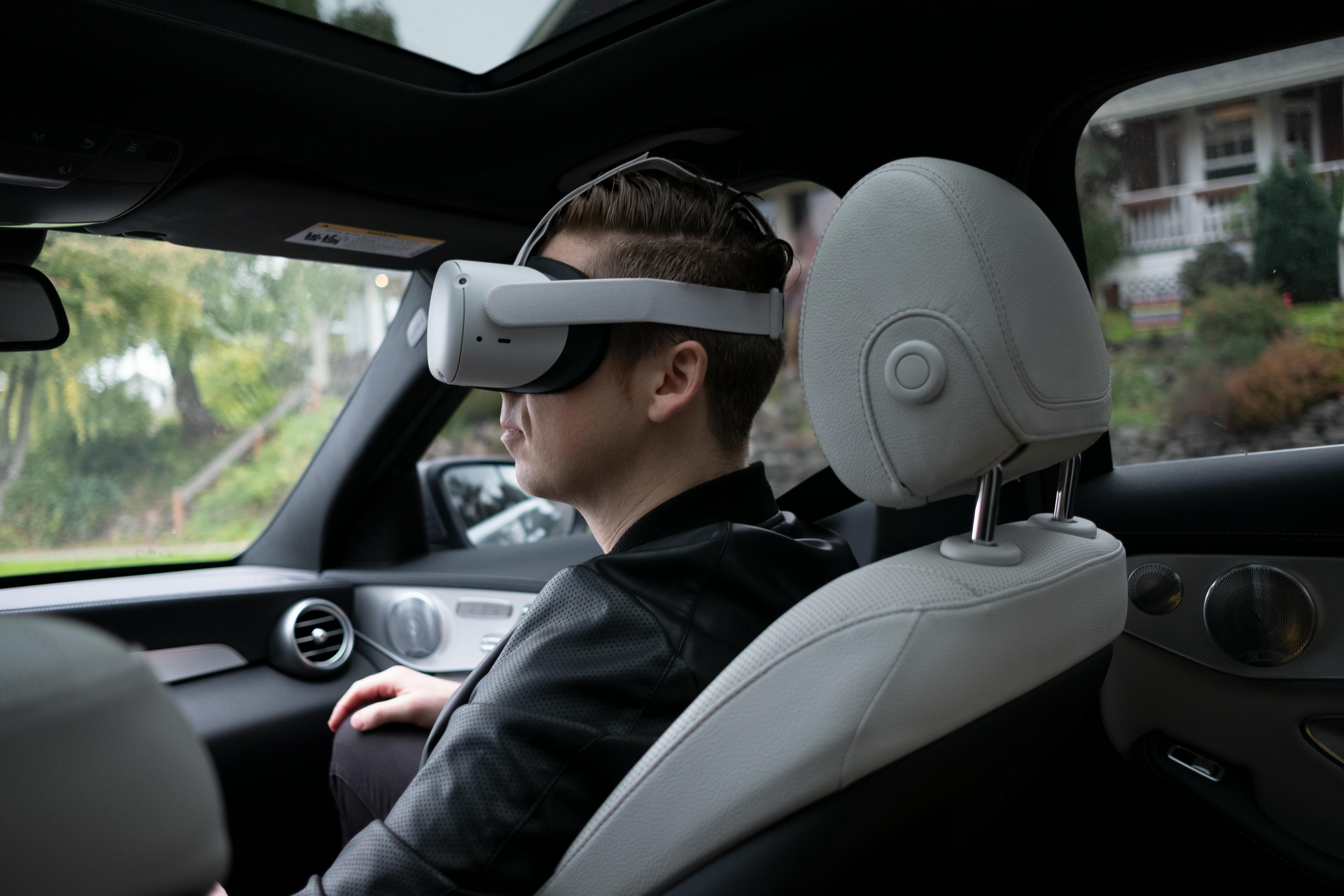
The world of self-driving cars is growing fast. Many players enter this race, fueled by excitement and big investments. As someone who has been involved in this field, I can see how these changes will mold the future of transportation. Let's dive into the main trends, key advancements in technology, and the vital role of legislation in self-driving cars.
What trends are shaping the self-driving car market?
The self-driving car market is booming with increased investment and expansion. One of the significant trends is the focus on ride-hailing services. Companies like Waymo show the potential of robotaxis. With more than 100,000 paid rides each week, this service model is very appealing. Another trend is the move from using autonomous trucks for delivery to focusing on ride-hailing services. This trend shapes the market by prioritizing city travel over long-distance trucking.
Another key trend involves partnerships and funding from big tech firms. Waymo, for instance, received $5.6 billion from firms like Alphabet and Andreessen Horowitz. These numbers highlight the faith and backing the technology enjoys in the market today. This impact goes beyond just funding; it also opens doors to vital collaborations for future innovations.
Likewise, cities adopting forward-thinking practices for autonomous technologies play a big part. Cities like San Francisco, Los Angeles, and Phoenix have become testing grounds. These real-world environments allow companies like Waymo to fine-tune and perfect their systems, inching closer to mainstream adoption.
How will advancements in sensors and AI impact autonomous vehicles?
Sensors and Artificial Intelligence (AI) are the heart of self-driving technology. Improving these elements will greatly impact the safety and reliability of these vehicles. Sensors capture data from the environment, while AI processes this data to take driving actions.
New sensors are being developed for higher accuracy. These sensors improve object detection, even in poor conditions like heavy rain or fog. Advanced LiDAR and radar sensors offer better vision than ever before. They give vehicles the ability to 'see' more details about their surroundings.
AI is also growing smarter. Machine learning helps vehicles learn from millions of real-world driving scenarios. This helps the cars to predict what might happen next, just as humans do. AI can make decisions in a fraction of a second, improving reaction times and potentially reducing accidents.
Together, these advancements improve the ability of self-driving cars to handle complex environments. Better sensors and AI lead to safer cars, making them more trustworthy.
What role does legislation play in the future of autonomous driving?
Legislation is key to the future of self-driving cars. Without clear laws, the path to fully autonomous vehicles becomes murky. Legal frameworks ensure that vehicles meet safety standards and follow road rules.
Countries and states are still figuring out how to regulate self-driving cars. Some places allow tests on public roads, while others are waiting for more proof of safety. Legislators also work on privacy issues, like how data from these cars is collected and used.
Regulations must keep pace with technology. If laws adapt too slowly, innovation may slow down. On the flip side, if they move too quickly, without full understanding, it could stifle development or raise safety concerns.
Engaging lawmakers with data and results from companies like Waymo helps address these challenges. Legislators need to see how the technology operates in different scenarios. With this transparency, they can draft more informed regulations that drive the industry forward and ensure public safety.
In summary, the future of self-driving technology is thrilling. The blend of market trends, new sensor and AI technology, and evolving legislation will shape tomorrow’s roads. As we move forward, these elements must align to realize the dreams of a fully autonomous future.
Conclusion
Self-driving cars offer many benefits, like improved safety and economic gains. Companies like Waymo and Tesla lead the innovation in this space, focusing on new technologies and safety protocols. However, challenges such as cybersecurity risks and ethical concerns remain significant. As the market evolves, advancements in AI and legislation shape the future of self-driving cars. Understanding these developments provides insights into the changing landscape of transportation. As we navigate these changes, it's exciting to see how self-driving technology will continue to transform our roads and lives.


